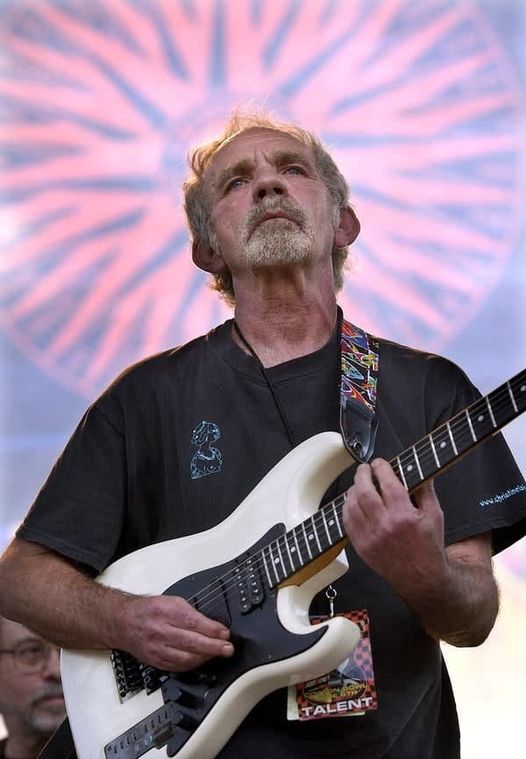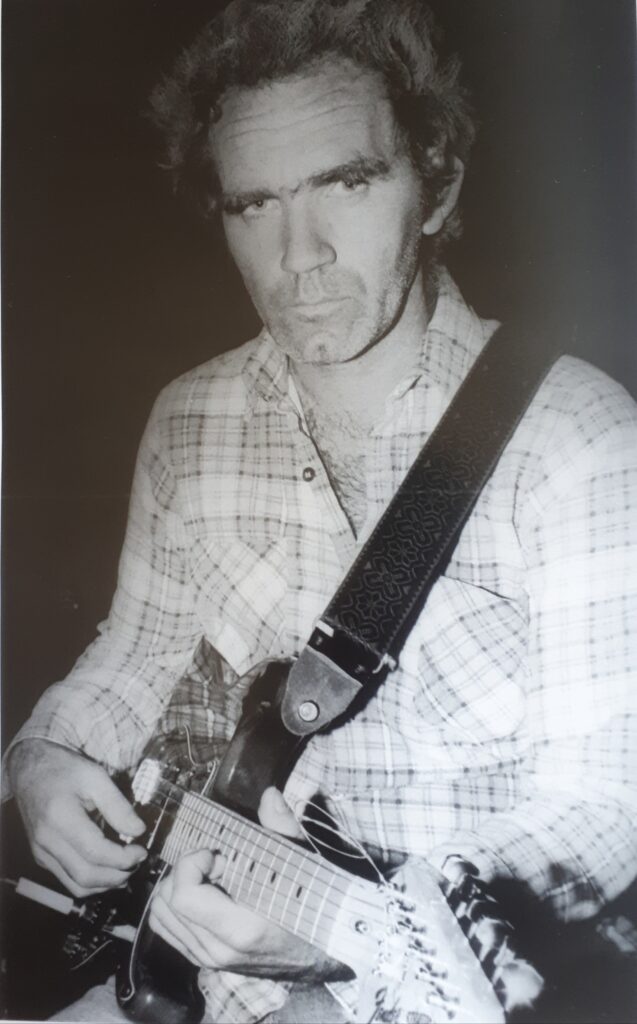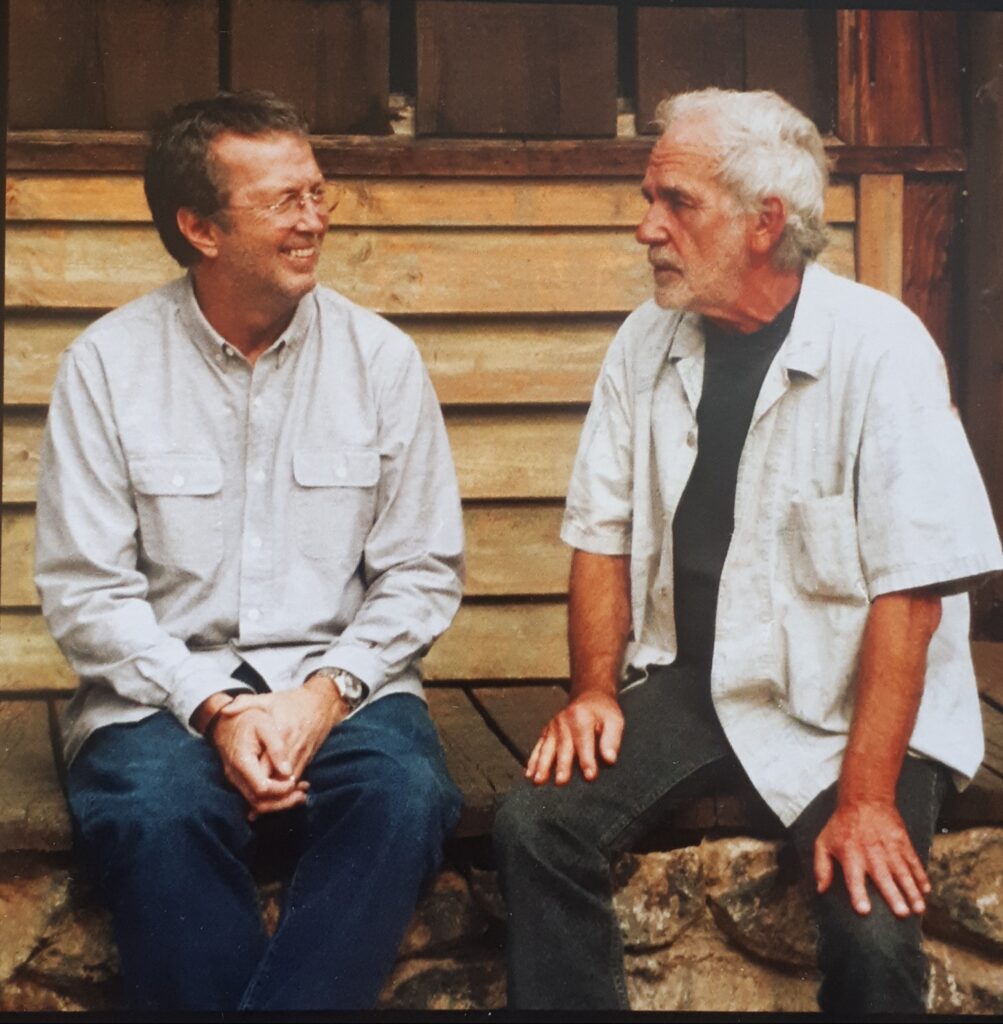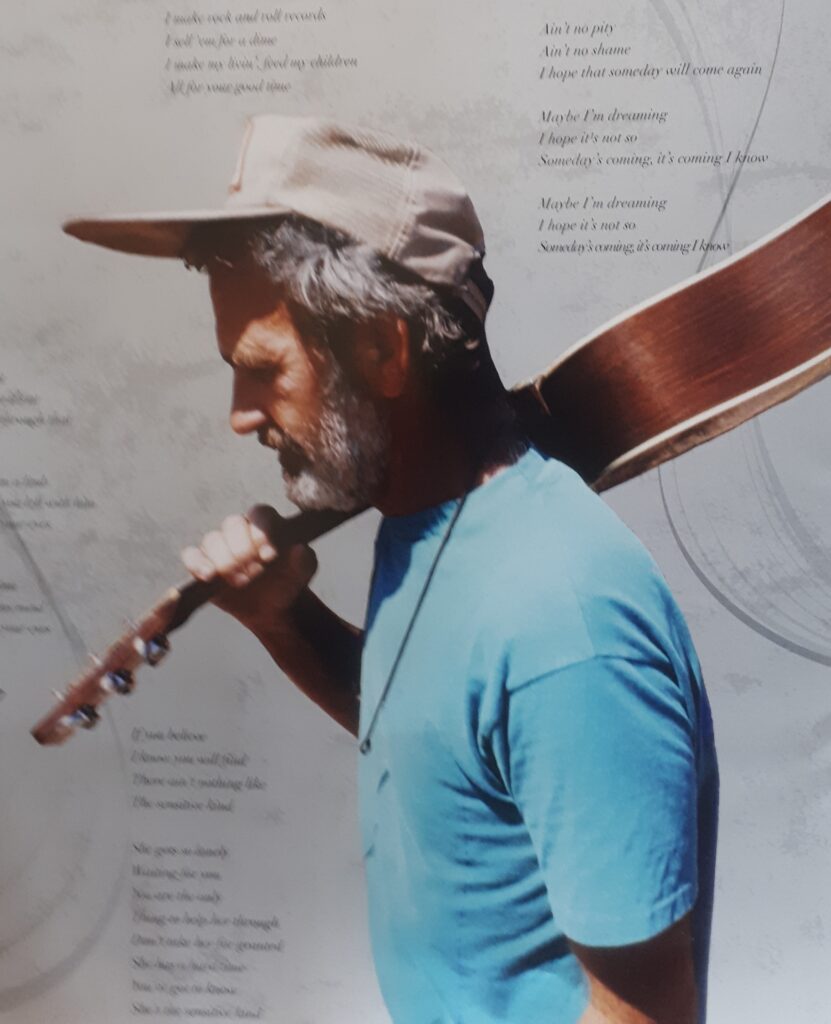July (by Alessandro Vailati)
Ten years without Mr Laid Back

On 26 July 2013, J.J. Cale suddenly left this world, leaving behind a priceless musical, philosophical and human legacy. We retrace the most important stages of his life and discography, so as not to forget a unique, pure, sincere and truly underrated character.
Beginning with another memorable year and month, that epic August of 1970, when an unforgettable album was released, we will then relive his deep relationship with Eric Clapton, the most important artist in his career, who later became one of his best friends.
The life philosophy of a very special man
‘Billie Holiday was the first laid back artist: she always sang late to the beat, whether it was fast or slow. Nobody noticed it. Then I came along and they decided to use those words for me. And it worked. As you can see, this is nothing but fucking music business.” From the DVD To Tulsa And Back
Laid back, translatable in Italian as ‘relaxed’, was affixed to his style by music critics and has become a real trademark for the musician who, as always surprisingly, gave an interesting explanation for it, quoting Billy Holiday.
Delving further into the matter, one can realize how much this ‘quietness’, close to outright ‘being listless’, represents a philosophy of life, embodied also in the way he dresses and postures. Uncoiffed, shirt strictly open, closed by a single button at the bottom, cap hanging from the buckle of his jeans, but with a deep gaze and a nonchalant smile, with two quick, cunning eyes. And in the background, in his words, a marked criticism of producers and record labels, only interested in profit and guilty of the commodification of art.
“Why should I promote something that is already a success?” From the DVD To Tulsa And Back
J.J. Cale never pursued stardom, he put his heart and passion into trying to stay out of all those mechanisms he did not conceive. The definition of music craftsman, not least because of his predilection for building impossible guitars, using and amalgamating instrument scraps, however, does not quite fit his lineage: he was an innovator of sound, of studio production, and created at least a dozen songs that remain in the universal songbook of music history.
He remains a master who is difficult to categorize, whose philosophy of life is reflected in songs that are seemingly meagre and simple, but in fact laden with sound effects and ‘atmospheric’ suggestions so unique and special that they are impossible to merely imitate or perform.
“Music also comes from life, not life from music.” From the DVD To Tulsa And Back
The lyrics always rely on a subtle irony, whether they are reflections on the passing of time or talk about the sadness felt at a difficult love affair. What pervades Cale‘s entire oeuvre is the acceptance of disillusionment and the invitation to accept with serenity what fate will offer. After all, for him songwriting means being an observer of the real world, impossible to go beyond because there will be no answers, nobody knows (see Nobody Knows, the track that closes one of his cult albums, Guitar Man, 1996).

His career, style and legacy
He has done everything in his life, from being a lift driver to a sound engineer to living in a trailer. A native of Oklahoma City, but raised in Tulsa, John Weldon Cale graduated from Tulsa Central High School in 1956. He is eighteen years old, and in addition to having already learned to play the guitar well, he is a devotee of electronics, which he uses for meticulous experiments in the field of sound. The fact that he pursued this passion during his military service at the Air Force Training Command in Illinois, where he learned all the tricks of amplification instead of picking up a rifle, played an important role in his training.
Unlike many parents of that era (I would sadly add of now) he was indulged by them when he decided to move to Los Angeles, in 1964, to make ends meet. In truth, after a few years also living on the verge of vagrancy, he returned to Tulsa disappointed. He had played and produced a lot, had even changed his name to J.J. Cale to avoid confusion with the famous member of the Velvet Underground, but the spark had not gone off.
It wasn’t over, though. When in 1970 Eric Clapton fortuitously and fortunately recorded his After Midnight (the happy union would reach its peak later with Cocaine), his life suddenly changed. He succeeds, now that he receives income as a songwriter, in releasing his first album, Naturally, and from then on his recording activity continues uninterrupted until the early 1980s. He proves to be a pioneer in the ingenious use of drum machines and various gimmicks of the same level, which are also present in well-known tracks such as Call Me the Breeze and Crazy Mama.
His Tulsa Sound is an apt blend of rock, blues with country overtones and a wink to jazz. His innate inability to compromise in order to stay on the crest of a wave led to his oblivion, only to reappear at the beginning of the next decade.
The nineties are another career milestone. His old love for electronics takes over and he records four albums, the last two of which are almost solo: him, guitar and synthesizers. The most successful episode from that era, which aroused the admiration of the aforementioned and friend Clapton and led Neil Young to call him one of his masters, is Guitar Man.
After Guitar Man, just not to contradict himself, J.J. Cale disappeared from the scene until the highly praised To Tulsa and Back (2004), which was later accompanied by a valuable documentary that further explained the mindset and humility of this incredible artist.
“I didn’t want to be the show, I just wanted to be a part of it.” From the DVD To Tulsa And Back
And he would be a big part of it at that juncture, with a return to concerts, the sparkling album The Road To Escondido in partnership with Eric Clapton in 2006 and, three years later, the eccentric Roll On.
He had always vowed to make music to the end, to the point of exhaustion, mainly for him, everything else was relative. And he lived up to his word, passing away in an instant from a heart attack on a hot July day in 2013. What remains of him is a portrait of simplicity, which pervaded his existence and art. That simplicity, however, was a point of arrival, not departure, and made the difference in elevating him to master. One need only ask all the musicians who pleasantly came across him: they eventually played his way, adopting that unique style.

Influences
“Cannonball” Adderley, Charlie Christian, Mose Allison and Django Reinhardt are the declared influences and indeed hover in many atmospheres created. Blues mixed with country and folk from the American tradition then define his strongest predilection, with a penchant for one of the perhaps most underrated musicians of all, a niche musician, but also much loved by his colleagues: Clarence ‘Gatemouth’ Brown.

His main ‘followers
There are so many artists and bands that have drawn on Cale‘s seemingly sparse style and sharp songwriting. Tom Petty, the aforementioned Young, fellow aficionado Leon Russell, John Mayer, Poco, Santana and Willie Nelson are passionate fans of his inventive and philosophical sound often encapsulated in short, yet so ‘catchy’ songs. Even one of southern rock’s most iconic bands, Lynyrd Skynyrd, would not be the same if they had not recorded Call Me the Breeze and (I Got the) Same Old Blues, which helped propel two of their most acclaimed albums, Second Helping (1974) and Gimme Back My Bullets (1976), to success.
However, there are two personalities for whom riffs, phrasing, rhythmics, innovations and songwriting were fundamental practically at the beginning and throughout their careers: Mark Knopfler and, of course, Eric Clapton. If the former saved the teachings of the American master above all in the first two seminal Dire Straits albums ‒ listen, for example, to Six Blade Knife, and Follow Me Home ‒ and then continued the infatuation in solo albums such as Shangri-La (2004), Privateering (2012) and Tracker (2015), the latter reinterpreted some of J.J.‘s most beautiful songs in his own way, making them famous, enjoying their success and allowing his songwriting to receive credit. Closing a series of intertwining influences and songs between the three is the epochal cover of Setting Me Up featured on Clapton‘s Just One Night; Knopfler, clearly inspired by Cale‘s laid-back style recorded it in his early days with Dire Straits and Slowhand reprised it on his finest live record, made in 1980, having Albert Lee, a luxury sideman in his line-up at the time, sing it on his recent album Hiding. The result is not only a small masterpiece, but a confirmation of how musically connected these characters were.
Italian Version: link
